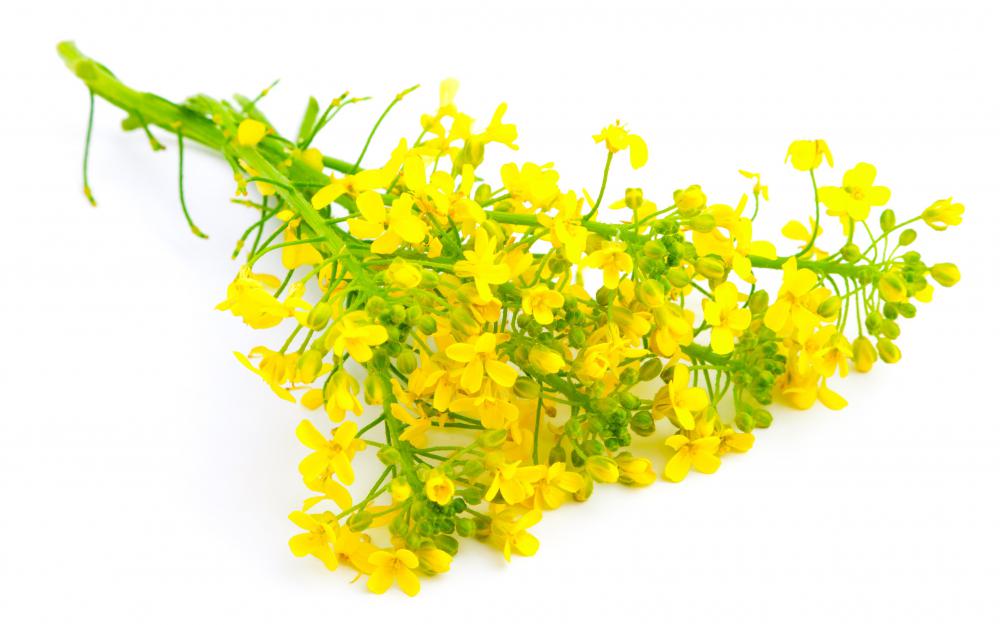At WiseGEEK, we're committed to delivering accurate, trustworthy information. Our expert-authored content is rigorously fact-checked and sourced from credible authorities. Discover how we uphold the highest standards in providing you with reliable knowledge.
What Is a Brassica?
A brassica is any member of the genus Brassica, which contains roughly 100 different species and includes a great many edible or otherwise useful plants, ranging from turnips to cabbages. Most types of brassica require fairly similar conditions in order to grow and thrive. Plants in this genus are widely used as food for humans, food for livestock, or for other agricultural or industrial purposes. Many are high in fiber, nutrients, or other beneficial substances.
Brassica plants are most commonly used for food. Cabbages, radishes, kale, turnips, and cauliflower are all part of this genus of plants. This list shows the great diversity of species within the genus. Selective breeding and natural selection have combined to produce plants that store food and nutrients in many different ways and locations. Humans typically make use of the most nutritious portion of a given plant within the genus and may eat leaves, roots, stems, or seeds, depending on the particular plant being cultivated.

The whole Brassica genus prefers to grow in good light and in soil that is moist and high in nitrogen. These plants have a reputation for growing quickly and robustly if these conditions are met. They are, in fact, often used as an alternative form of forage and ground cover by farmers and ranchers, who take advantage of these crops to aerate and break up soil or to provide nutrient-rich fodder for grazing animals. Some care does need to be taken when grazing animals on a field of brassicas, as many animals cannot comfortably tolerate a diet that consists solely of these plants.

Brassica plants have much to recommend them for human consumption. Most are very dense and fibrous and provide a great deal of dietary fiber, which aids digestion and reduces the risk of a variety of intestinal ailments. These plants also tend to be very rich in vitamins and minerals. The specific nutrients provided vary from species to species, but members of the genus are generally high in beneficial substances and low in calories. This makes them excellent additions to a healthy diet.

Rapeseed oil is another key product of this genus. This healthful natural oil is produced primarily from several strains of the Brassica napus plant. It can serve as a healthy oil for human consumption and is also increasingly being used to produce biodiesel. Canola oil, with its signature mild flavor, is the best-known variety of rapeseed oil.
AS FEATURED ON:
AS FEATURED ON:
















Discuss this Article
Post your comments